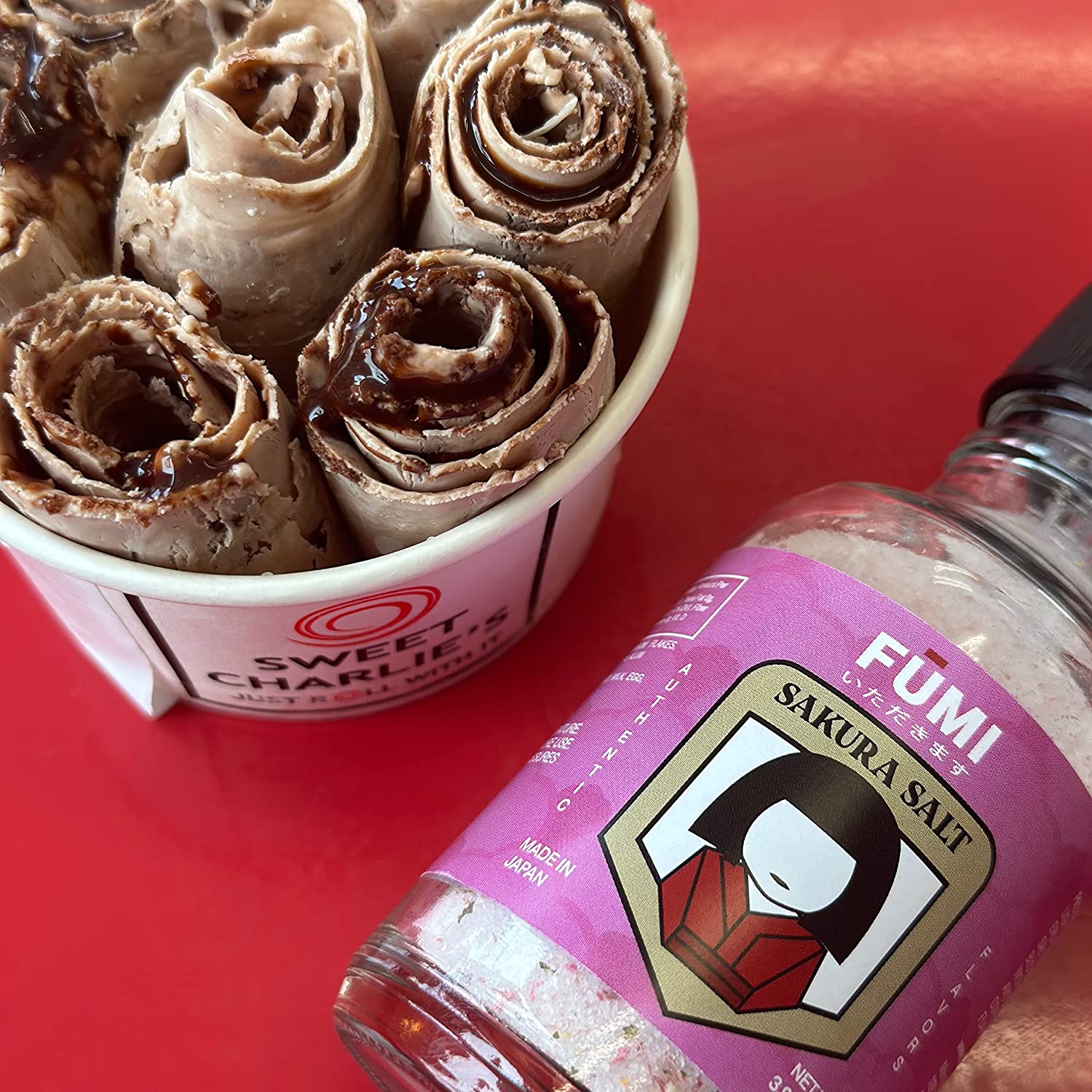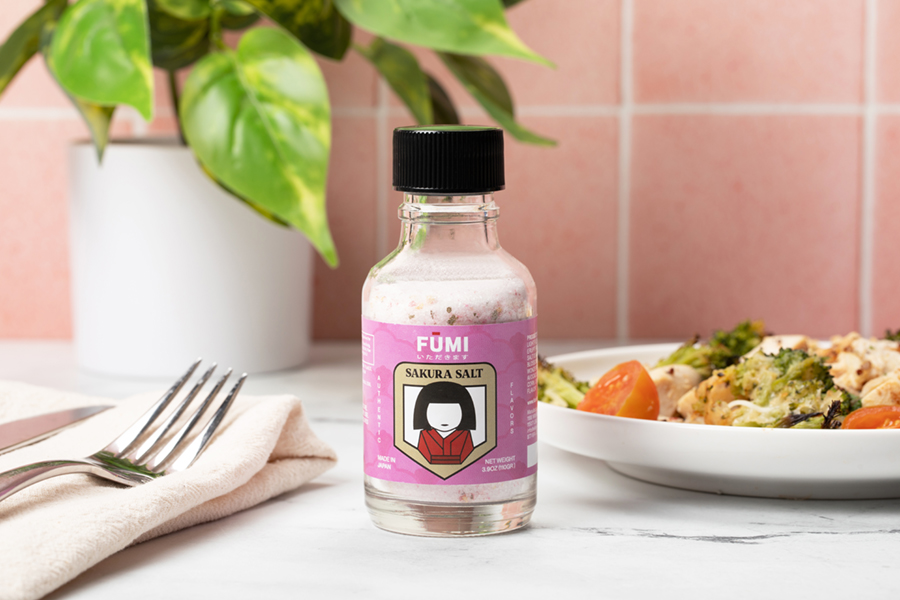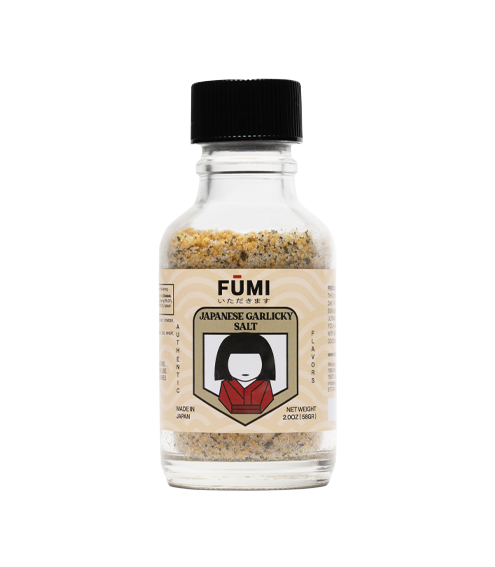in Japanese Cuisine

When it comes to symbols of Japan, cherry blossoms, or Sakura, inevitably come to mind. These beautiful pink blooms represent the ephemeral beauty of life in Japanese culture, with their delicate petals falling gracefully from trees each spring. But Sakura's charm is not just in its visual allure—it also plays a unique role in the culinary landscape of Japan.
Sakura is more than just a pretty flower; it's an ingredient that brings a unique dimension to a variety of dishes. Its delicate floral taste and light fragrance provide a distinctive flavor profile that elevates and enhances the overall culinary experience.
The Culinary Magic of Sakura
One of the most recognizable uses of Sakura in Japanese cuisine is in Sakura mochi. This pink-colored sweet treat is made of glutinous rice filled with sweet red bean paste and wrapped in a pickled Sakura leaf. The gentle floral flavor of the Sakura contrasts beautifully with the sweet red bean, creating a delicate balance that is a delight to the senses.
Sakura also finds its way into savory dishes. For instance, Sakura tea, or Sakura-yu, is a traditional drink made by steeping pickled Sakura blossoms in hot water. This tea is often served at weddings because it symbolizes a happy beginning. Its beautiful pink hue and soft floral aroma make it a refreshing and elegant beverage.
Then there are Sakura chips. These are pickled and dried Sakura blossoms that have been turned into a salty and slightly sweet snack. They're perfect as a unique appetizer or as a garnish to add a Japanese twist to Western dishes.
Sakura can also be used in more experimental culinary applications. For instance, it has been incorporated into pasta dishes, mixed into cocktails, and even used as a garnish on sushi.
The Flavor of Sakura
The use of Sakura in Japanese food extends from traditional sweets to savory dishes and beverages. The flavor of Sakura is often described as subtly sweet, slightly tangy, and profoundly floral. It offers a touch of springtime freshness, with a hint of earthiness that transports you to a cherry blossom grove with each bite.
Sakura blossoms and leaves are typically pickled in salt and plum vinegar before being used in cooking. This process preserves them while adding a mild salty tang, which perfectly complements their floral notes.
Sakura: More Than Just Flavor
The use of Sakura in food is not just about taste; it's also about aesthetics and symbolism. Sakura brings a natural beauty to any dish, turning an ordinary meal into a work of art. Moreover, it embodies the concept of "mono no aware"—a sense of the fleeting nature of life and beauty, making the experience of eating Sakura-infused food more profound and mindful.
In conclusion, the incorporation of Sakura in Japanese cuisine exemplifies the country's remarkable approach to food, where taste, appearance, and meaning harmoniously intertwine. It's not just about satisfying the palate; it's about stirring emotions and creating lasting memories through food. As you embark on your next culinary adventure, consider incorporating a hint of Sakura—it might just blossom into a newfound love for Japanese cuisine.





